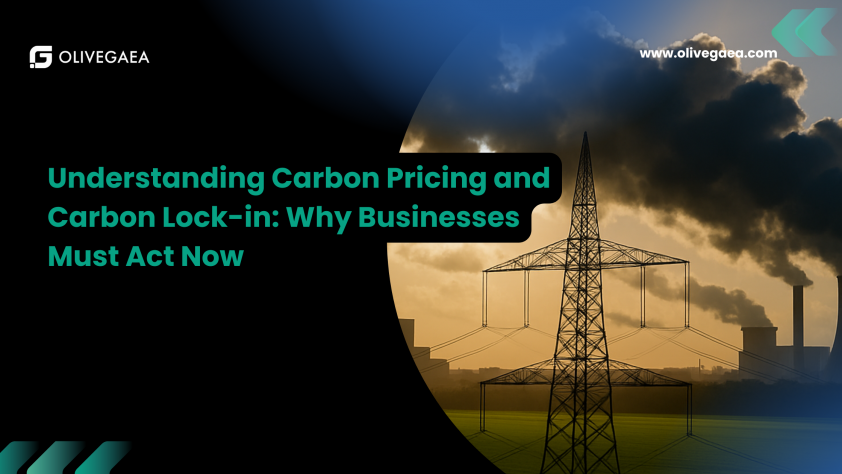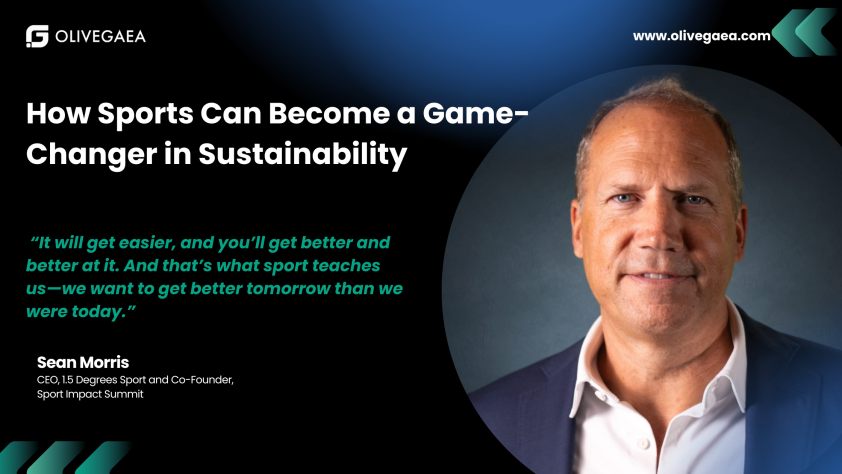There’s a word that keeps buzzing from newspapers through to BoDs and financial markets in 2021, and that’s “sustainability”. Consumers are increasingly demanding it, governments are mandating it, businesses are pledging on it, and investors are banking on it.
But what does sustainability truly mean?
The Brundtland report describes sustainable development as “the development that meets the needs of the present without compromising the ability of future generations to meet their own needs”. Put in the business world context, sustainability can be defined as a corporate strategy to be successful in the present without compromising the ability of the company and its stakeholders to be healthy and successful in the future.
In a nutshell, for businesses, sustainability done right equals long-term success.
This win-win formula requires the company to develop a holistic view and planning that goes beyond the “now”. It calls for the company’s management to understand that they operate in an interconnected system, where people, planet, and profit do depend on and influence one-another. Consequently, success derives from better decision-making that takes into consideration both social and environmental factors beyond the purely economic ones.
Why should corporate leaders care about sustainability? Because sensitivities are shifting, with both consumers and regulators expecting companies to acknowledge and take responsibility for their impact on the environment and the society.
More than just an expectation, sustainability done right is a powerful value creator. It doesn’t only reinforce a company’s reputation and brand: it can increase the productivity of employees, support the development of innovative and competitive products, reduce the cost of capital and operational burden, and help build a resilient supply chain.
Oftentimes mistaken for a PR exercise that increases expenditure, sustainability practices can indeed boost profits in a number of ways, including cutting costs (where sustainable practices lower costs and increase profits), raising prices (where consumers are willing to pay more for a sustainable product), or increasing the market share (where sustainable practices lead to an increased market share against non-sustainable competitors).
Whatever the business model, companies can and have to find the sweet spot in their strategy to both “do well” and “do good”. They can do so by keeping in mind that sustainability, more than anything else, is a journey. Knowing the starting point, that is the actual impact they are making, is the very first step they need to take.
Calculating the company’s environmental footprint is the number one move to any credible sustainability strategy that aims to reduce and offset its carbon emissions, and to take responsibility for its environmental impact. Indeed, as with every journey, sustainability has to necessarily start from a clear understanding of where we are now in order to effectively plan where we want to go next.

